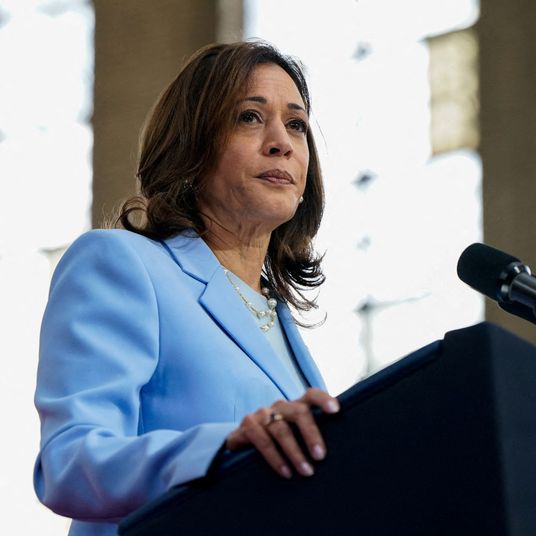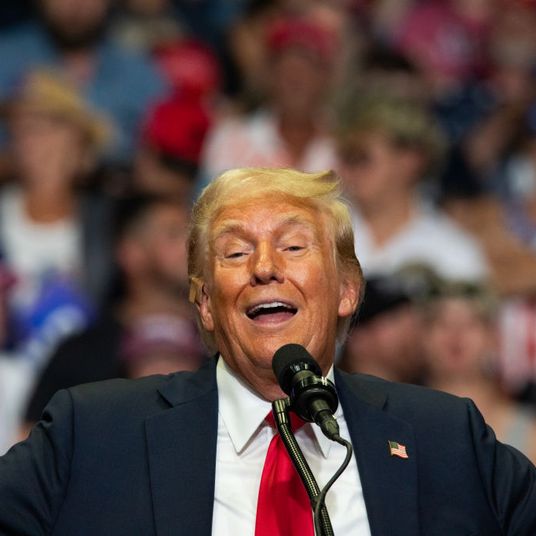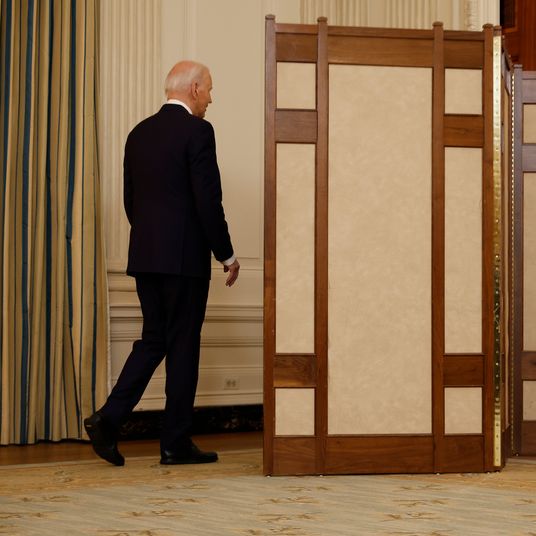
FDA scientists on Monday proposed a new, simplified process for developing and administering annual booster doses of COVID-19 vaccines using a system that resembles the way flu shots roll out every year. The FDA also proposes sunsetting the existing original-formula COVID vaccines altogether and using the updated bivalent formulas for both primary vaccinations and boosters going forward. The FDA plan was put out ahead of an advisory panel meeting scheduled for Thursday. It’s not yet clear if and when the plan may be put into action or whether those expert advisers will sign on or make alternative recommendations, which the FDA is not bound to follow.
Information around booster eligibility and availability has often been confusing and poorly communicated, which has undoubtedly played a role in the low national uptake of the bivalent shots. The most recent boosters, introduced last year, target the original strain of the coronavirus but also the Omicron strain and its descendants, which now make up all circulating variations. But the vast majority of Americans are now undervaccinated, according to government guidelines, with only about 40 percent of seniors and 16 percent of the eligible overall population having received the new booster shots, per the CDC. Because of previous vaccinations and infections, the country’s overall wall of immunity against severe illness and death from COVID-19 has remained resilient, a major reason there hasn’t been a winter wave as in previous years of the pandemic. Still, many scientists continue to warn that undervaccination is particularly dangerous for seniors, who are and always have been disproportionately vulnerable to adverse outcomes from the illness.
Under the FDA’s suggested plan, officials would decide on an updated formula of the COVID vaccines each June. One dose of the new booster would be recommended for most of the population and two doses for seniors, the immunocompromised, young children, and others more vulnerable to severe COVID. As NPR science reporter Rob Stein explained Monday, this would mean treating COVID vaccines just like flu shots:
Under the new approach, most people would be advised to simply get whatever the latest version of the vaccine is annually each fall like the flu vaccine. They wouldn’t have to worry about how many shots they’ve already gotten and which one they got when. Those who still need to receive two doses initially, such as young children and older people, would use the same formulation for all three shots. Vaccine makers would update the annual shot through a process that would begin each spring to try a match the vaccine as closely as possible to whatever variant will likely be dominant in the coming winter. That’s how the flu vaccine is formulated each year … The agency notes that if a more dangerous COVID variant were to emerge, it might reconsider the vaccine strain at other times of the year on an “as-needed and emergent basis.”
Many public-health experts have long expected COVID shots would become annual, and the Biden administration began framing them that way months ago amid the rollout of the bivalent boosters. But questions have lingered about whether new shots every year are necessary for all Americans and whether updated shots are actually more effective than the original vaccine formulas. Some of the expert advisers meeting on Thursday are already expressing doubts regarding the research behind the FDA’s proposal. As Stat News notes, the FDA’s proposal aims to address some of these concerns:
The FDA’s scientists present a wealth of studies showing that the new boosters increase antibody levels for people who were previously vaccinated with the original vaccine. They also present observational studies, in which researchers collect data from the real world and try to control for variables that might change the study result, that suggest the new boosters are protective.
Yet some scientists remain skeptical that bivalent formulas are the best way to go, as the New York Times explains:
Some studies have suggested that combining both variants in the booster dose has undermined their effectiveness. Because of a biological phenomenon called imprinting, preliminary research suggests the bivalent vaccine elicits a stronger immune response to the ancestral variant than to the newer variants. A monovalent vaccine targeted only to the newer variants might have been more powerful, experts said.
COVID experts critical of the FDA’s approach have a range of other concerns and questions as well, though none pertain to the overall safety of the current vaccines. For instance, while COVID is well on its way to becoming endemic, like other perpetually circulating respiratory illnesses, is it premature to shift to an annual booster strategy? Should the government be prioritizing the search for next-gen vaccines that are even more effective at blocking infection or can be more easily administered via pill or intranasally? Would better vaccines increase public interest in getting boosted?
These are all good questions with no simple answers. The debate will undoubtedly continue, regardless of whether the FDA plan moves forward.





























